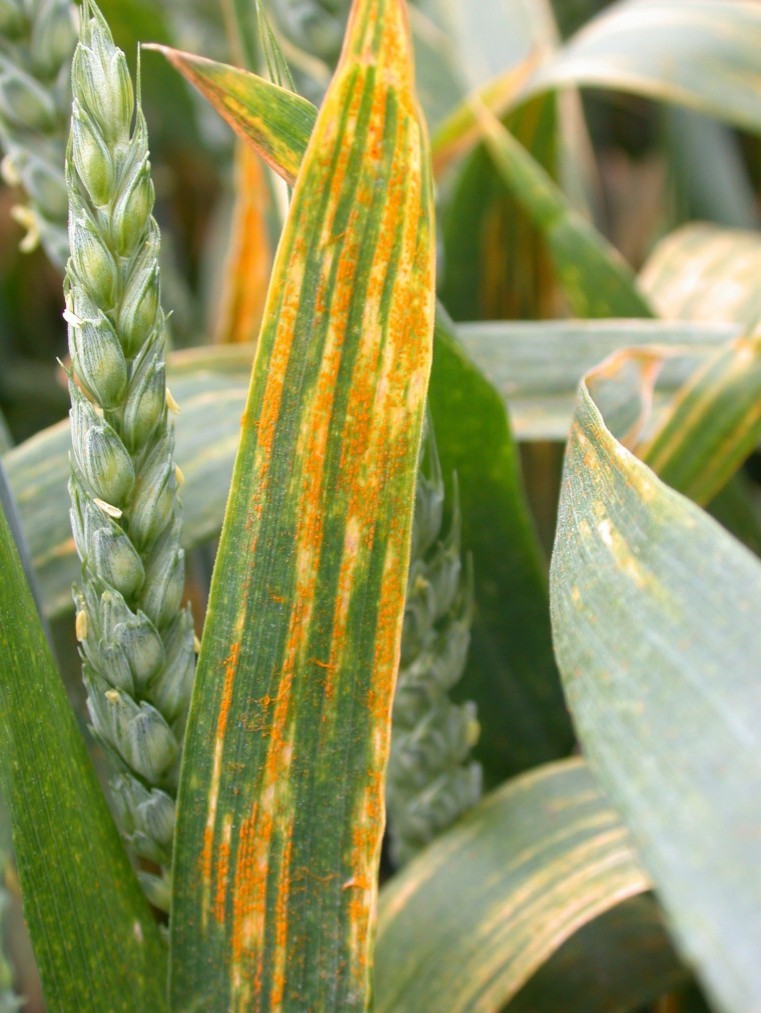Paul Fenwick, pathologist with Limagrain, contends that the threat from yellow rust is one of the most significant threats to plant health and production today. He believes that the appearance of the exotic Warrior races represent a step change in the challenge from the disease, stating that its almost like a ‘new’ disease.
“The huge diversity of races within the current yellow rust population means that new virulence’s will appear from the ‘soup’ of pathotypes to match resistance factors in current varieties. “
He points out that the Warrior races of today are extremely diverse when compared to the genetic diversity of past European races, and currently the Warrior 4 race predominates and is the most diverse group of all, he points out.
“Warrior has the potential to overcome long established resistance factors and this has already been seen recently with the rapid demise of particular varieties to these new races.”
“Whilst AHDB yellow rust resistance ratings are a guide to the likely level of resistance of a variety through the summer months, Warrior 4 pathotypes are found throughout the growing season and significant disease levels have been found during the winter and spring, which you would not normally expect and it cannot be assumed that the adult plant resistance seen in previous seasons will develop with time.”
The adult resistance of some varieties only becomes apparent at around stem extension or ear emergence but it’s important to recognise that each variety is different; some varieties can become more susceptible with time, he says.
“The fast changing biology of the disease can mean that resistance ratings are quickly out of date and no longer accurately reflect the ability of certain varieties to resist the disease, and this has been seen more than ever in the latest AHDB Recommended List ratings where there have been some big changes in varietal ratings from last season to this one.”
“There is no doubt that the threat from the yellow rust pathogen is one of the major challenges that we face as breeders today, as it is an increasingly complex pathogen, ” says Ed Flatman, Limagrain’s senior wheat breeder.
“It is vital to maintain a diverse range of resistance combinations to avoid mass breakdown of varieties, and this is why our main varieties such as Crusoe, Evolution, Revelation, LG Sundance and LG Motown have managed to withstand the challenges from yellow rust better than many other varieties, as they all have different gene combinations.”
“Resistant varieties now generally rely on combinations of three or more genes aiming to give long term resistance, and these can be combinations of a major gene giving complete resistance plus minor genes offering partial resistance. We are also developing multiple resistant combinations by inter crossing in excess of a dozen well characterised genes.”
“In this way, if the major gene is broken down or overcome, then there is a degree of built in security from the minor genes to avoid a complete breakdown of the resistance.”
“This means that the need to stack resistances is more important than ever. However this gene stacking approach is only possible, with any degree of certainty, through the use of genetic markers,” he explains.
Both breeder and pathologist agree that the recent threats from yellow rust will need to be met with an integrated approach of new and diverse resistance genetics and carefully considered approaches regarding fungicide applications- and that the message for growers this season is that crops will need constant monitoring.




